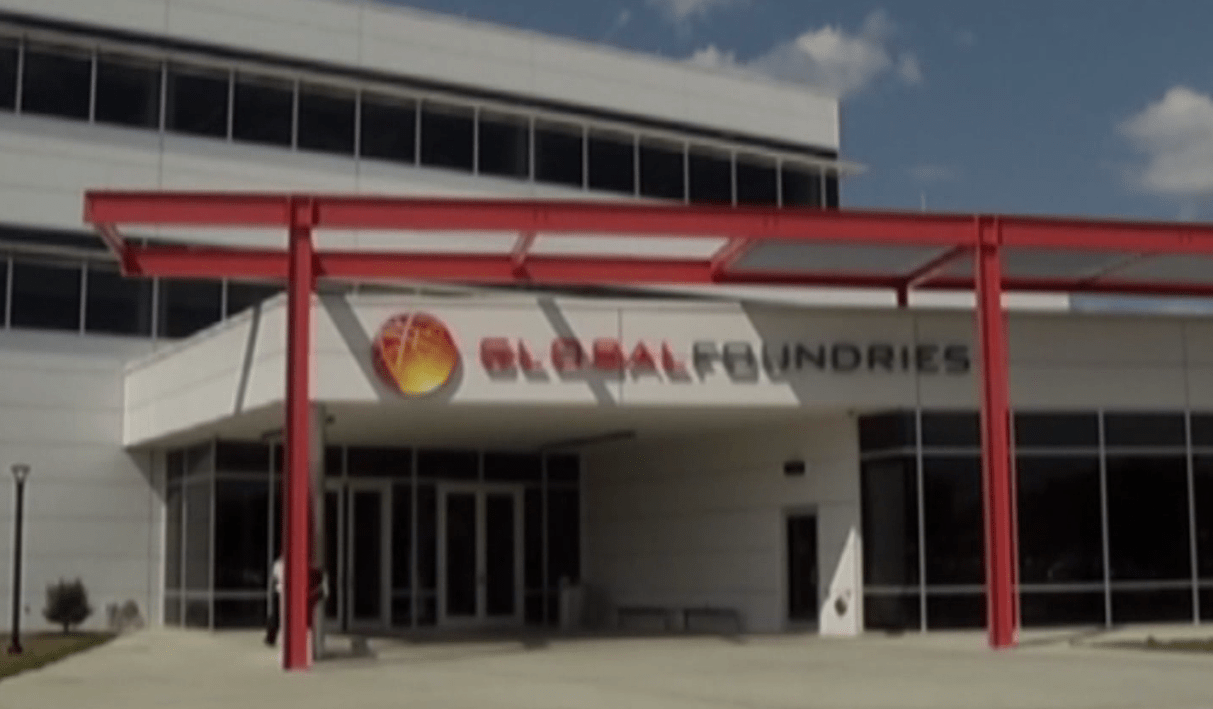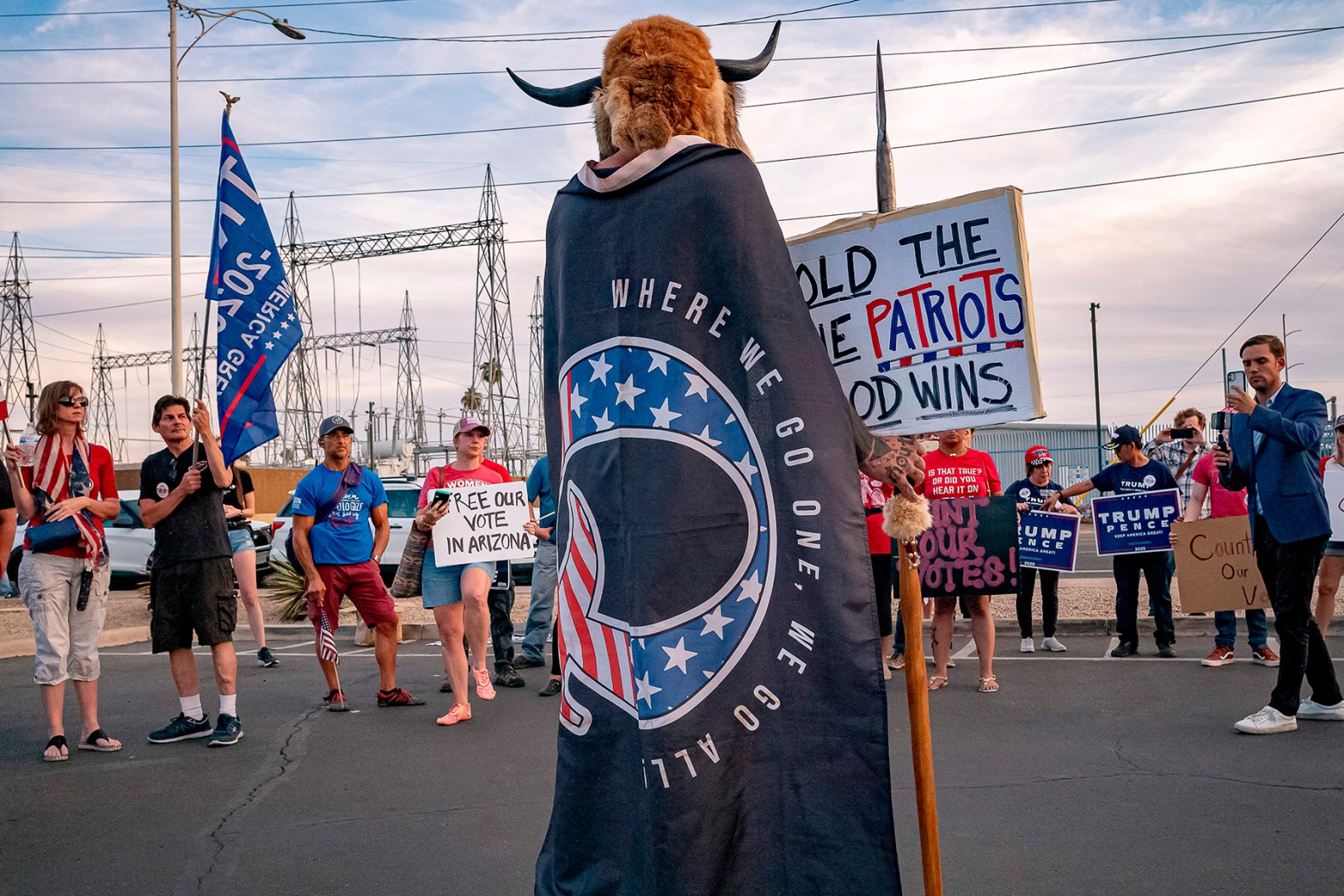The Georgian-style home — from the front a brick version of the White House — once belonged to Alexander Haig, the former secretary of state. Nestled on a wooded lot in McLean, the nearly 12,000-square-foot residence has five bedrooms and 10 bathrooms, marble fireplaces, a gym and a sauna.

Biden’s accelerated income and the lifestyle it has financed have placed the former vice president in a much more rarefied world than the one he formerly occupied. Although many politicians are wealthy, Biden’s new circumstances run the risk of cutting against a core message of his campaign: that, unique among the presidential candidates, he can connect with and represent the middle class.
Some details about Biden’s new circumstances remain unknown. Biden’s campaign said the former vice president was paying “substantial monthly rent” for the McLean home but would not disclose additional information about the financial arrangement. Zillow, the real estate site, estimates monthly rent for the home to be nearly $20,000.
Ein, the home’s owner, is a well-connected, politically active donor — he twice gave money to George W. Bush but has mostly helped fund Democrats. In 2017, he and Biden sat courtside at a Washington Wizards game. Ein owns the Washington Kastles tennis team and Kastle Systems, which handles security systems for commercial office buildings. About two years ago,
he bought the Washington City Paper.


“He’s going to be mad at me saying this,” Biden
told CNN in 2016. “He said, ‘I’ll give you the money. Whatever you need, I’ll give you the money. Don’t, Joe. Promise me, promise me.’ ”
The Bidens didn’t sell the house. And soon, they would be on much sounder financial footing.
Biden left office in January of 2017, and in what has become standard for well-known politicians, by April had signed a book deal that
Publishers Weekly reported was worth $8 million. It covered three books, two by the former vice president and one from Jill Biden. Two of those books have been published to date.
Joe Biden has also created several other organizations since leaving office, helping establish a Biden Foundation, the Penn Biden Center for Diplomacy and Global Engagement at the University of Pennsylvania , the Biden Institute at the University of Delaware , and the Biden Cancer Initiative .
Biden’s campaign said that he did not take a salary from any of those organizations. Jill Biden has kept her professorship at Northern Virginia Community College, where public records show
she makes nearly $100,000 a year teaching English.
Paid speeches provided another profitable money stream. Most of Joe Biden’s speaking engagements involved universities or existing lecture series. He appeared in 2017 at a finance and technology conference run by Anthony Scaramucci, who two months later would have a brief stint in the Trump administration, and at a health-care conference run by JPMorgan Chase.
Although Biden’s campaign said his paid speeches amounted to less than 50 since he left the vice presidency, it would not provide a list of them.
Four contracts, however, were obtained by The Post through public records requests, some of which have been previously reported. They show that he charged between $150,000 and $200,000 per speech.
As with other well-compensated speechmakers, Biden enjoyed many related perks.
Some contracts included at least $10,000 for travel — which was the agreement with the University of Utah — and organizers were told it was standard practice for Biden and his aides to fly privately. Other contracts —
like one with the University of Buffalo — included a stipulation for “a town car and professional driver” for Biden and each of his companions.
Biden had initially provided a discounted rate of $100,000 to the University of Utah, but he later waived the fee, the university announced
during his appearance. Biden ended up flying commercial, according to his campaign, although it is unclear who footed the bill.
As he traveled to the various speaking engagements, Biden had some specific requests, according to several riders to his speech contracts, which are used by speakers to outline their requirements in greater specificity.
His dressing room was to be stocked with bottled water, Coke Zero, regular Coca-Cola, Orange Gatorade and black coffee. It needed a full-length mirror, six straight-back chairs and one portable steamer.
At the University of Utah, the school had referred to him as the “former vice president” in a draft news release. Biden’s representatives responded that it needed to be corrected “to include VP Biden’s proper title throughout.” Each time, the aides struck out the word “former.” They did the same later with draft posts to be published on social media.
They also offered suggested talking points for Biden’s introduction, including that “he’s one of the most distinguished public servants alive today” and someone who had “one of the most remarkable careers in the history of the Senate.”
At the University of Buffalo, where he was to appear as part of a series of guests, emails show a request from a Biden representative that “vice president” precede his name on the series poster, even though the title was also below it. None of the others — including former secretary of state Condoleezza Rice — had titles before their names.
“Just between you and I, it’s just something that his team feels strongly about. Sorry if it’s a pain,” wrote Romen Borsellino, Biden’s representative from the Creative Artists Agency.
“Ok — not a good look but will do,” responded William Regan of the University of Buffalo.
Biden as an announced candidate has stopped making paid speeches and has jumped full time into a campaign where, as always, his everyman pitch is a dominant theme. He underscored that on the day of his presidential announcement, riding Amtrak from Washington to Wilmington, and more recently on a trip to New York. Biden allies note another middle-class connection that remains: He still changes the oil in the 1967 Corvette Stingray his father gave him.





